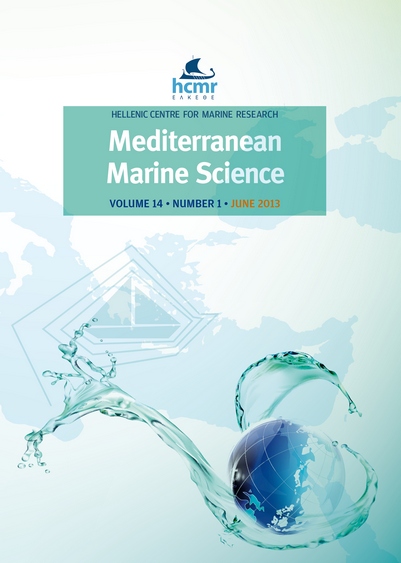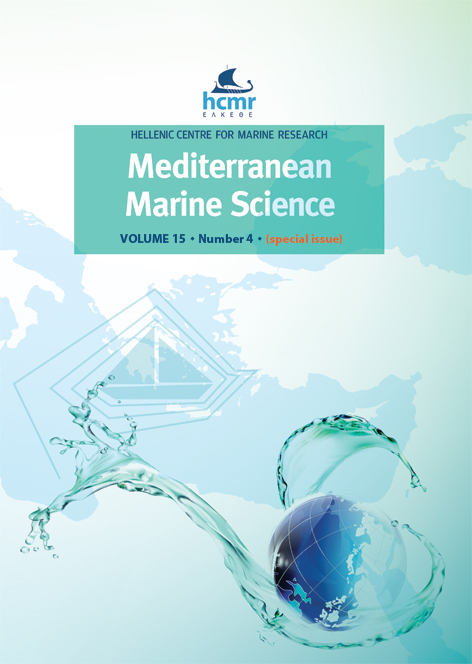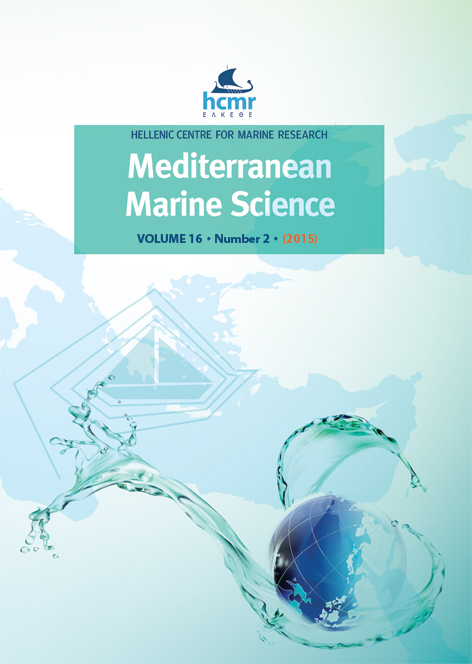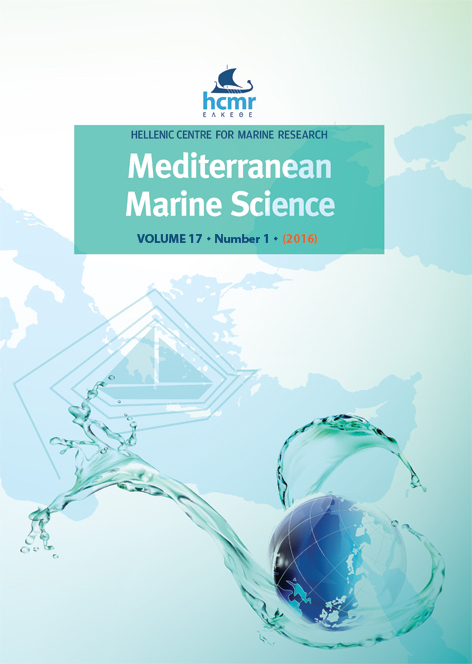Zooplankton of the Black Sea and the Eastern Mediterranean: Similarities and dissimilarities
Abstract
A synthesis of data on abundance and biomass of zooplankton in the Eastern Mediterranean (EMED) and the Black Sea shows major differences in the composition and structure of pelagic communities in the two basins. Few Mediterranean planktonic animals have invaded and acclimatised in the Black Sea. The great bulk of Black Sea species is represented by coastal inhabitants that spread throughout the whole basin. This process has been called “neritization” of the Black Sea fauna. Peculiarities in zooplankton assemblages of the Black Sea have been further strengthened over the last few decades due to increasing eutrophication and the massive invasion of the ctenophore Mnemiopsis leidyi. The relative contribution of copepods, cladocerans, chaetognaths, and appendicularians to total zooplankton biomass has notably decreased , whereas gelatinous groups (mainly represented by Mnemiopsis and Aurelia aurita) contributed up to 99% of total wet weight in 1995 in the Black Sea.
The basic features of planktonic fauna in the Black Sea are mainly due do the geo-morphological characters of the basin and the limited exchanges with the EMED, that are confined to the surface-subsurface layers in the Dardanelles and Bosphorus Straits. However, the dramatic changes that recently occurred in the structure of zooplankton assemblages seem to have been caused by heavy anthropogenic impact on the pelagic system.
Article Details
- Zitationsvorschlag
-
KOVALEV, A., MAZZOCCHI, M., SIOKOU, I., & KIDEYS, A. (2001). Zooplankton of the Black Sea and the Eastern Mediterranean: Similarities and dissimilarities. Mediterranean Marine Science, 2(1), 69–78. https://doi.org/10.12681/mms.277
- Ausgabe
- Bd. 2 Nr. 1 (2001)
- Rubrik
- Research Article
Authors who publish with this journal agree to the following terms:
- Authors retain copyright and grant the journal right of first publication with the work simultaneously licensed under a Creative Commons Attribution Non-Commercial License that allows others to share the work with an acknowledgement of the work's authorship and initial publication in this journal.
- Authors are able to enter into separate, additional contractual arrangements for the non-exclusive distribution of the journal's published version of the work (e.g. post it to an institutional repository or publish it in a book), with an acknowledgement of its initial publication in this journal.
- Authors are permitted and encouraged to post their work online (preferably in institutional repositories or on their website) prior to and during the submission process, as it can lead to productive exchanges, as well as earlier and greater citation of published work (See The Effect of Open Access).









